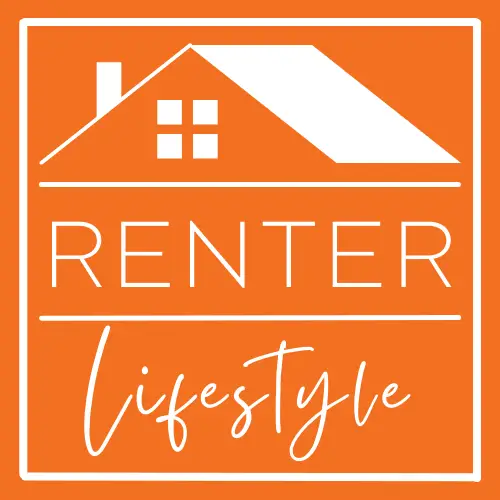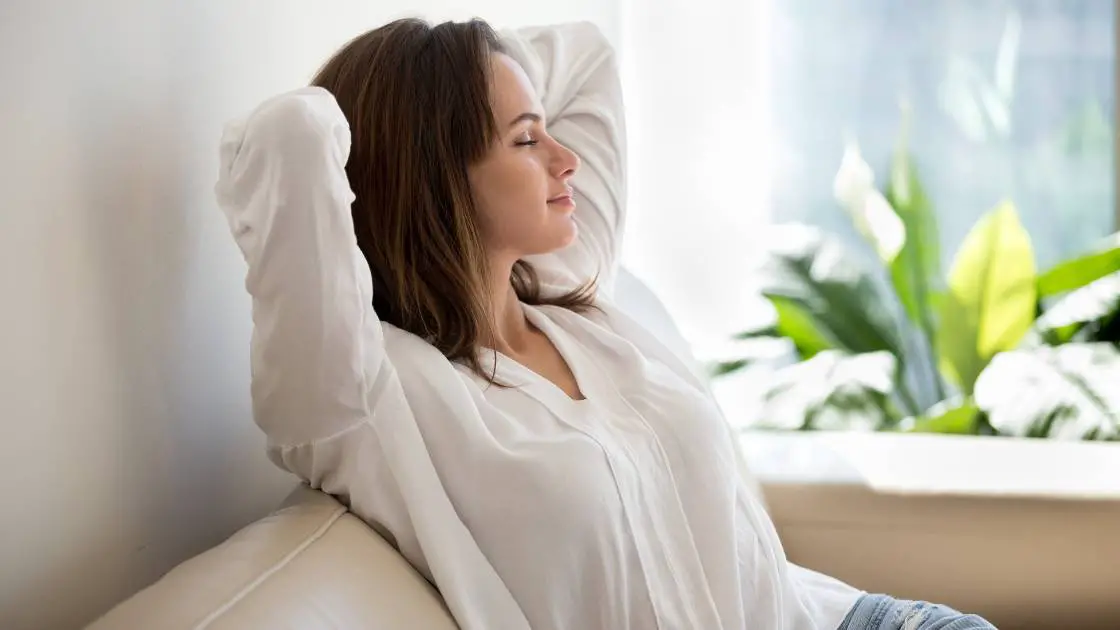The air pressure in your home can be positive or negative, and it’s clear which one is bad news. It’s responsible for your apartment’s ventilation and air quality, which can directly impact your health.
So, if you’ve been sneezing a lot lately and noticed a spike in your energy costs, the air pressure is probably to blame.
In this post, learn how to create positive air pressure in apartment for a healthier living space.
What Is Positive Air Pressure?
Positive air pressure means you’re pumping more air into your home than you’re letting out. Unfortunately, most homes aren’t designed to have positive air pressure.
Here’s the problem: Many homes have vents and fans to expel air from the house but no proper system to bring fresh air in. You probably don’t open your door and windows often, too. And it’s a whole other issue when your home’s not airtight.
In contrast, negative air pressure builds up when outdoor air gets pulled in through various entry points. Air comes in through gaps in the walls, floors, doors, windows, attic, and crawlspace.
In the colder months, it draws in cold air from the outside, making your place drafty. Basically, negative air pressure turns your apartment into a giant vacuum, sucking in heat, humidity, and all kinds of pollutants.
Signs of Negative Air Pressure
Here are the usual signs that your apartment is teeming with negative air pressure and bad vibes:
- There’s a musty, stagnant smell in the air.
- You need extra force to open or close exterior doors.
- Odors linger in the room even after cleaning or airing out.
- There’s visible soot around the bottom of the gas furnace.
- The pilot light flame won’t stay lit.
- The air feels stuffy.
Benefits of Positive Air Pressure
Here are some reasons you’ll want to create positive air pressure in your apartment:
- Keeps dust at bay
- Eliminates unwanted odors, such as smoke, fumes, and other strange smells
- Minimize allergens
- Lowers noise levels
- Prevents back-drafting, which occurs when combustion gases get trapped in the ductwork
Ways to Create Positive Air Pressure in Your Apartment
Let’s explore some ways to create positive air pressure and improve the air quality in your apartment:
1. Open Windows
Open all windows whenever the weather permits to allow air to circulate.
Leave them partially cracked during cold days and wide open when it’s warm.
2. Seal All Cracks and Openings
Hang curtains or blinds on all your windows.
Weatherstrip your apartment door or use a draft snake to seal cracks and gaps.
Fill all cracks on your walls with caulk or soundproofing sealant.
3. Keep Vents and Ductwork in Top Shape
Ensure that all gas appliances, like water heaters, furnaces, and gas stoves, have vents.
Clean the filters of your air-conditioning units and furnace.
Keep all vents and air ducts clean and dust-free.
Schedule an air duct cleaning session at least once or twice a year.
4. Use HRV or ERV
Invest in an energy recovery ventilator (ERV) or heat recovery ventilator (HRV) to bring in outside air in a controlled manner. Although pricey, they’re the best solution for generating positive air pressure in your apartment all year round.
An ERV is a ventilation unit with a thermostat that regulates the outside temperature and humidity of the air before it enters your home. Many models (like Honeywell) cost in excess of $1,500, but I found one by Panasonic that has good ratings and reviews on Amazon and costs much less. Here’s the link below if you want to check it out.
Meanwhile, an HRV uses two ventilation ducts to pass stale inside air and fresh outside air. The heat exchanger between the ducts transfers heat from the outgoing air to the incoming air without mixing the airstream. I couldn’t find as many instances of these units on Amazon (but they are available elsewhere through HVAC specialty shops).
Wrapping Up
Now that you know how to create positive air pressure in apartment, you’re on your way to a healthier and more comfortable living space.
You can control the airflow in your home by sealing cracks, maintaining the ductwork, and installing filters. So, keep dust, allergens, musty smells, and unwanted noise from taking over your apartment with these tips.

